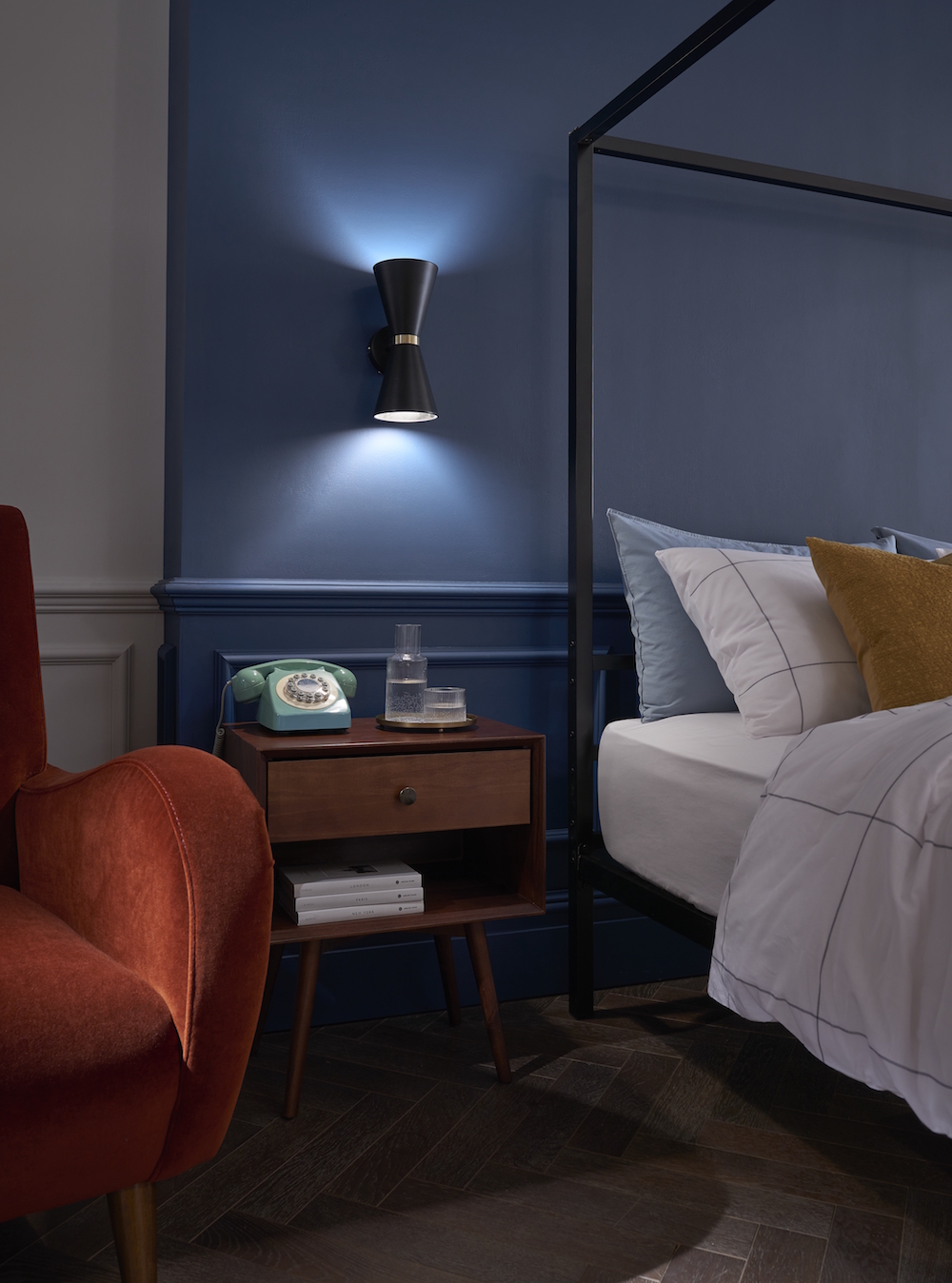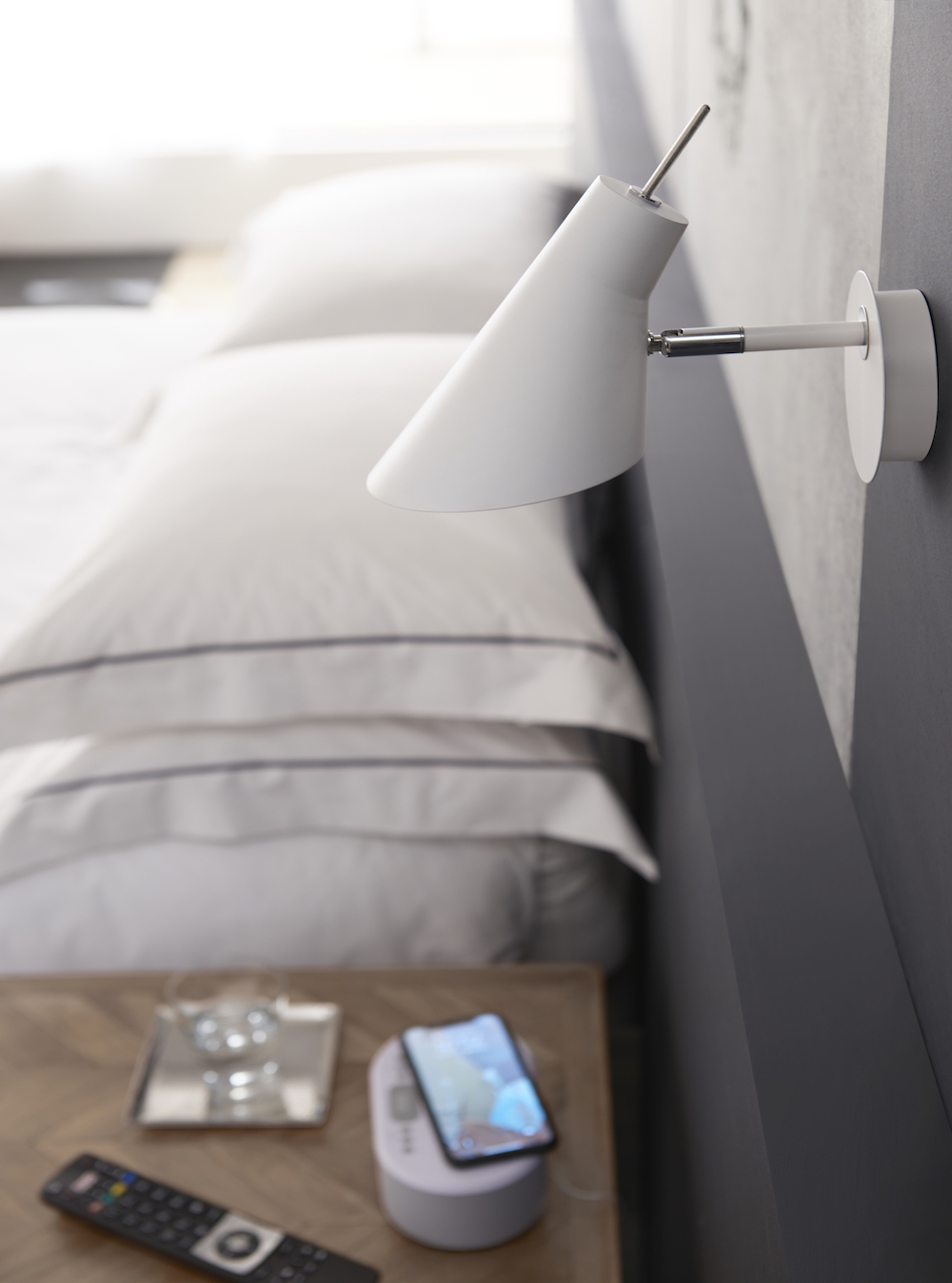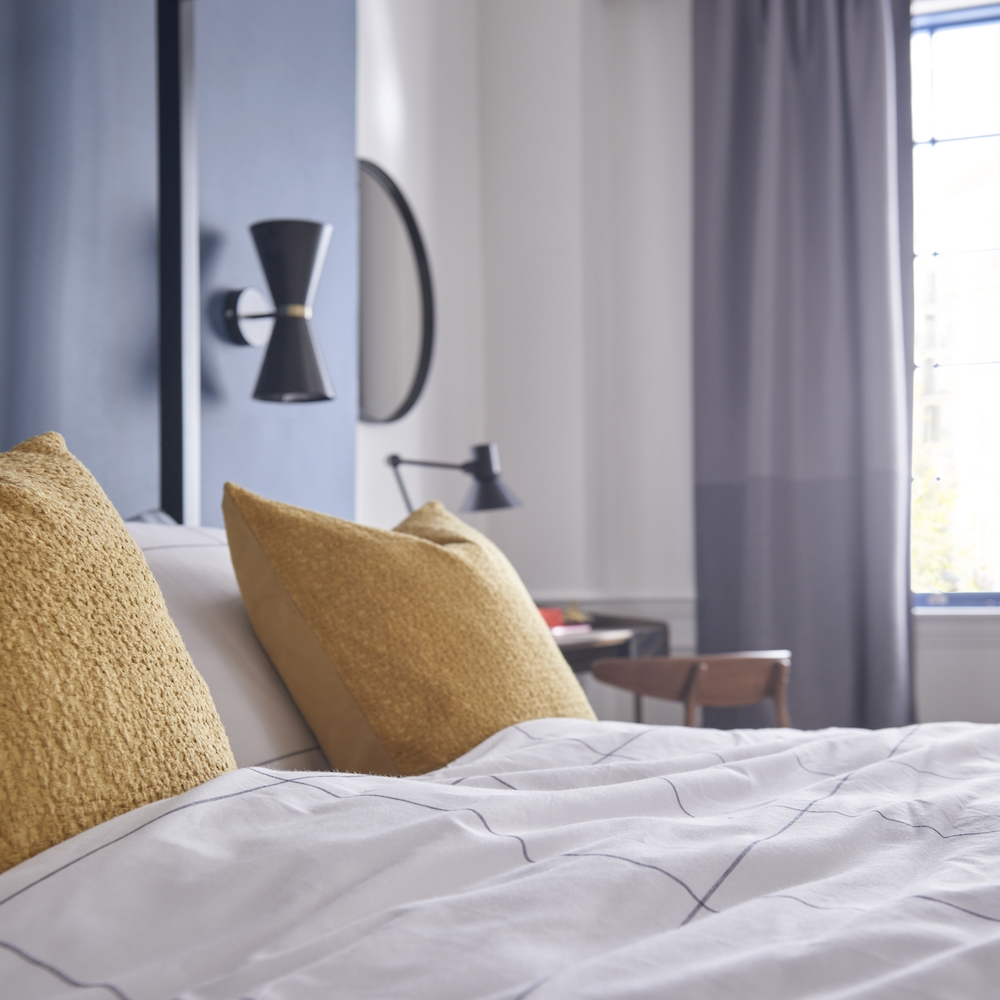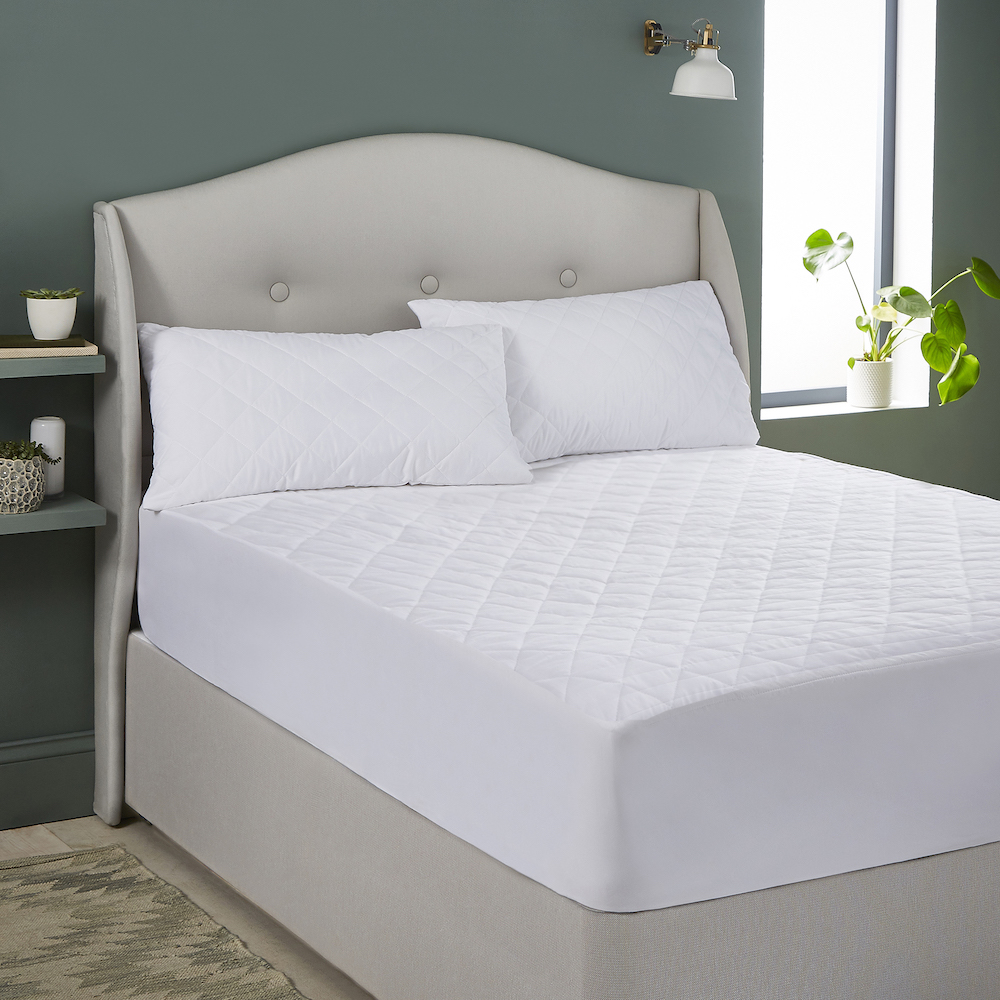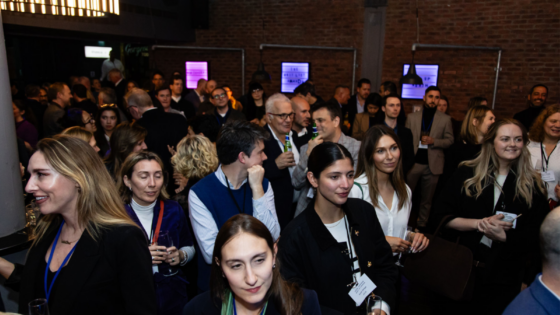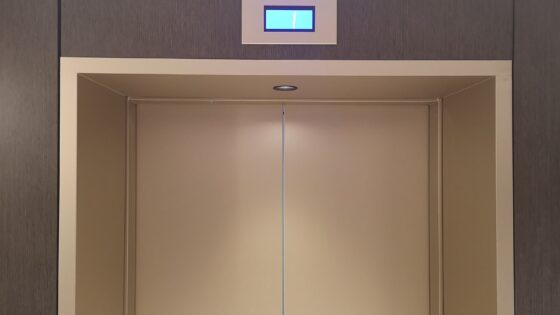With 75 per cent of Brits admitting to not having a good nights’ sleep and 30 per cent of people rating their sleep as “bad”, chances are you know what a bad nights’ sleep feels like. We’ve all had one, and most of us will have had at least one nights’ bad sleep in a hotel, but why? Sleep experts from Silentnight Group Hospitality, Hannah Shore and Angela Moran, explores your ultimate sleep guide…
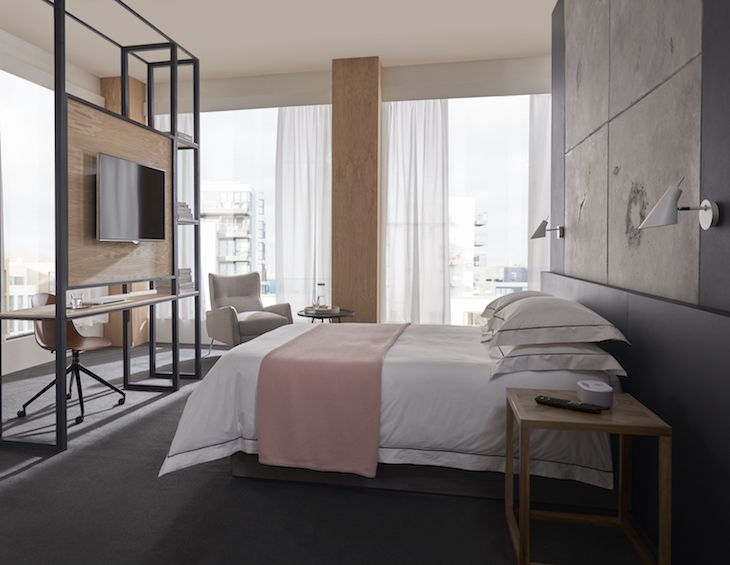
Many people just accept a bad nights’ sleep in a hotel room and put it down to the fact they don’t have their home comforts with them. However, with a single night of bad sleep impairing your concentration, reaction time and memory function should we really just accept this? Is there something that hotels can do to ensure that everyone gets that important good nights’ sleep?
The answer simply is yes. Although we all have different sleeping habits, ensuring our sleeping environment has a little ‘TLC’ will provide the optimum sleeping conditions for everyone.
TLC relates to the three main areas we need to consider when looking into a sleeping environment. Temperature. Light. Comfort.
- Image credit: Silentnight Group
- Image credit: Silentnight Group
Temperature
Overheating effects 50 per cent of people. Temperature plays a key role in falling asleep, our core body temperature needs to drop one to two degrees in order for us to fall asleep. We also need to keep cool throughout the night in order to have a restful nights’ sleep. You may think that opening a window or using air-conditioning is the best way to combat this however, these come with a downside of often being noisy and disrupting sleep further.
A simple solution to a cooler nights’ sleep is to ensure you are using the right materials both on top of, and inside your mattresses. Whilst asleep we create our own microclimate underneath the duvet, this is normally around 37 degrees and approximately 75 per cent humidity. This heat and humidity is applied directly to the mattress and can actually decrease the lifespan of a mattress by around 30 per cent. When looking at the mattress, the use of fibres such as polyester and wool create a very breathable mattress. This means air can easily circulate, keeping the sleeper cooler and drying out the mattress.
Wool also has natural thermoregulatory properties, meaning it naturally helps to control your body temperature, it is why it is used in hiking clothes etc. Unfortunately, one down side to fibres in a mattress is that they are prone to settlement issues. However, at Silentnight we have worked with our external partners and developed testing methods to ensure all the fibres we use stand up to our enhanced durability tests, proving that our mattresses will withstand the test of time. When it does come to renewing your mattress, ensure that you choose a manufacturing partner that can take away and recycle the product at end of life.
To ensure you get the full benefits of the mattress, it should be paired with a protector that compliments it (a thin cover which protects the mattress from spillages). For example having a mattress which draws heat and moisture away from the body, such as the Eco Comfort FibresTM, but then putting a thick waterproof mattress protector on top of it which doesn’t allow water to pass through it, would inhibit the benefits of the mattress. Instead you would need a protector developed specifically for use with the product like the Silentnight Anti-Allergy Mattress Protector, which allows water vapour (humidity) through but not spillages. Similarly adding a topper (an extra comfort layer often used to soften the mattress) with non-breathable materials in it would cause the same issue.
Top the bed off with a duvet that completes the feel of the room and you have the perfect temperature controlled sleeping environment without the use of noisy air-condition units.
- Image credit: Silentnight Group
- Image credit: Silentnight Group
Light
Light is another important factor to consider when you are falling asleep. At night we should be exposed to dark rich orange/red light, this signals our bodies to start making melatonin, a hormone which helps us sleep. In a morning, as the sun rises, we should be exposed to bright blue light which suppresses the production of melatonin making us wide awake and ready for the day ahead. As we move into summer and the sun rises earlier, this light will prompt you to wake earlier, sometimes earlier than needed leaving you feeling tired and unrested.
Black out blinds or curtains are the best way to control the light within a hotel room. They ensure that no matter how light it is outside it is still dark enough in the room to get a good nights’ sleep. Cutting down on the tech within the hotel room is also a good way of ensuring a good nights’ sleep. A lot of technology has screens or stand-by lights which emit blue light. Exposing ourselves to blue light in an evening can suppress the melatonin production meaning we do not feel tired and struggle falling asleep.
Comfort
Comfort is a very subjective thing. We all need to be comfortable to fall asleep but what I may find comfortable you may not. So how do we make sure that a hotel room caters for each individuals comfort? The answer is to define comfort objectively. If we wake up in the morning with aches and pains chances are it is because the mattress has not supported you correctly throughout the night, therefore, creating an uncomfortable nights’ sleep. A movement as basic as standing puts four times as much pressure through the spine compared to lying down. If we add in bad posture, carrying heavy bags or sporting activities, it becomes clear why we need good posture during sleep. Throughout the night we have no control over our posture, therefore the mattress should be able to support our spine and keep it in the neutral position in order for it to recover from the daily stresses. This will ensure we wake up pain free. However, a higher spring count does not always mean better support. With around 45 per cent of your body weight around your hips, a zoned mattress is a more important factor to consider than overall spring count. All Silentnight mattresses are zoned for this reason.
Twisting and turning throughout the night is another reason we can wake up feeling tired and unrefreshed. The main reason we have restless sleep is due to pressure building up in our tissues, reducing blood flow and then we get the urge to move which can disrupt our sleep. Using foam as a filling will help reduce the pressure build up. All foams are great at pressure relieving however, some foams can restrict movement as you sink into them. The Serta Performance Gel mattress, by Silentnight Group Hospitality, alleviates pressure without restricting movement for a more refreshing nights’ sleep.
Another positive to foam is that it is very durable. Durable products are key for hospitality simply due to the nature of the industry. A common misconception in the hospitality industry is that a single sided mattress is not as good as a double sided one. However, if you use the correct, durable, high quality fillings and rotate your mattress as per the guidelines, a single sided mattress can last as long as its double sided equivalent. Foam is however viewed as being non-ecofriendly however, foam can be recycled into carpet underlay or used in energy production. Choosing the right manufacturing partner that will take your product away at end of life will ensure your old mattresses are dealt with in the most sustainable way.
Another big issue in hotels is space. A hotel room is used as a multipurpose room, people need to work from there, relax and sleep. Often the bed is reduced in size to ensure there is space for this. However, if two adults are sharing a standard double bed (135x190cm), that gives each person less room than a child’s cot to sleep in. With partner disturbance been a key factor in why people don’t sleep, the bigger the bed the better! However, if a room is small and you cannot fit a bigger bed in then look for edge support and parallel designed springs. These will guarantee you make the most of the sleep space by providing the same support on the edge of the mattress as you would find in the middle.
I think we can agree that creating a hotel room which enhances sleep will only help to increase the reputation of the hotel and also generate positive reviews from customers. At the heart of the sleeping environment is the bed which needs more thought than people first assume. After all, TripAdvisor reviews are commonly all about sleep and the sleeping environment! Having a bed that is suitable for all sleepers ensures that no matter which guest walks through the door next, they are guaranteed a good nights’ sleep.
Silentnight Group is one of Hotel Designs’ recommended suppliers. To keep up to date with their news, click here. And, if you are interested in becoming one of our recommended suppliers, please email Katy Phillips by clicking here.
Main image credit: Silentnight Group

